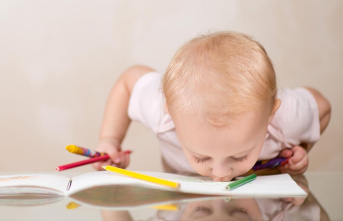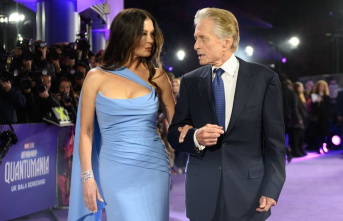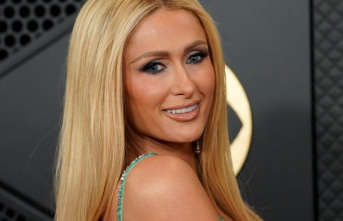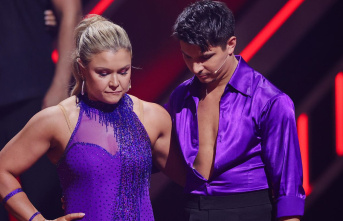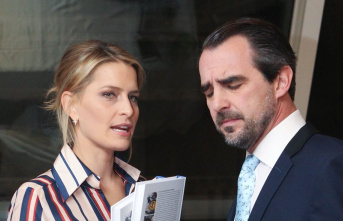People who have seen "Everything Everywhere All at Once" know: It's hard to explain what this work, which won Best Picture at the Oscars, is about.
The reason: The film bombards its viewers with countless plot twists, ideas and visual references. It is almost impossible to define a genre that "Everything Everywhere All at Once" fits into - because the film combines elements of science fiction, fantasy, martial arts, slapstick comedy and family drama in an anarchic mix.
stress in the laundromat
"Everything Everywhere All at Once" follows Chinese immigrant Evelyn (played by Michelle Yeoh, a Malaysian actress of Chinese descent) who runs a laundromat in the United States and is stressed out by her everyday life. After a mistake in her tax return, her laundromat is audited by the tax authorities.
There are also family problems: her husband Waymond (Ke Huy Quan) confronts her with divorce papers, her daughter Joy (Stephanie Hsu) is with a woman, which Evelyn wants to hide from her supposedly strict father, who has just arrived from China.
During a visit to the IRS, where nasty tax inspector Deirdre (Jamie Lee Curtis) plans to examine her records, her husband suddenly transforms into an alternate version of himself from another universe. "Alpha Waymond" explains to Evelyn that multiple parallel universes exist with different versions of themselves. The entirety of all parallel universes - the so-called multiverse - is threatened by an evil force and only Evelyn can stop it.
Exciting lives in the multiuniverse
The Treasury now turns into a wild martial arts arena. Evelyn travels through different universes trying to access the abilities of all versions of herself to fight evil. She notices that her alternative versions lead much more exciting lives than she does - and starts to ponder whether she has often taken wrong turns in her life.
Viewers find themselves in worlds where humans have hot dogs for fingers or are no longer humans but rocks. In addition to such absurd gags, directors Daniel Kwan and Daniel Scheinert incorporate references to all sorts of films from the past. It's easy to lose the thread in this chaos. In any case, one thing is certain: you've never seen anything like it in the cinema.
It's a welcome change that, for once, the idea of parallel universes isn't seen in one Marvel film, but here it's applied to an entirely different one, the migrant experience. What Evelyn and Waymond experienced was a world with few options - that no longer applies to their child.
The best life?
For all its oddities, the film also has a sociological and emotional core. On the one hand, there is a touching family history. And an idea that also tells a lot about our present. We live in a world in which other possibilities and decisions are constantly presented to us. Where we constantly have to make decisions, which can sometimes be overwhelming. The question of whether we live the best life for ourselves has seldom been acted out more wittily than in this film.


